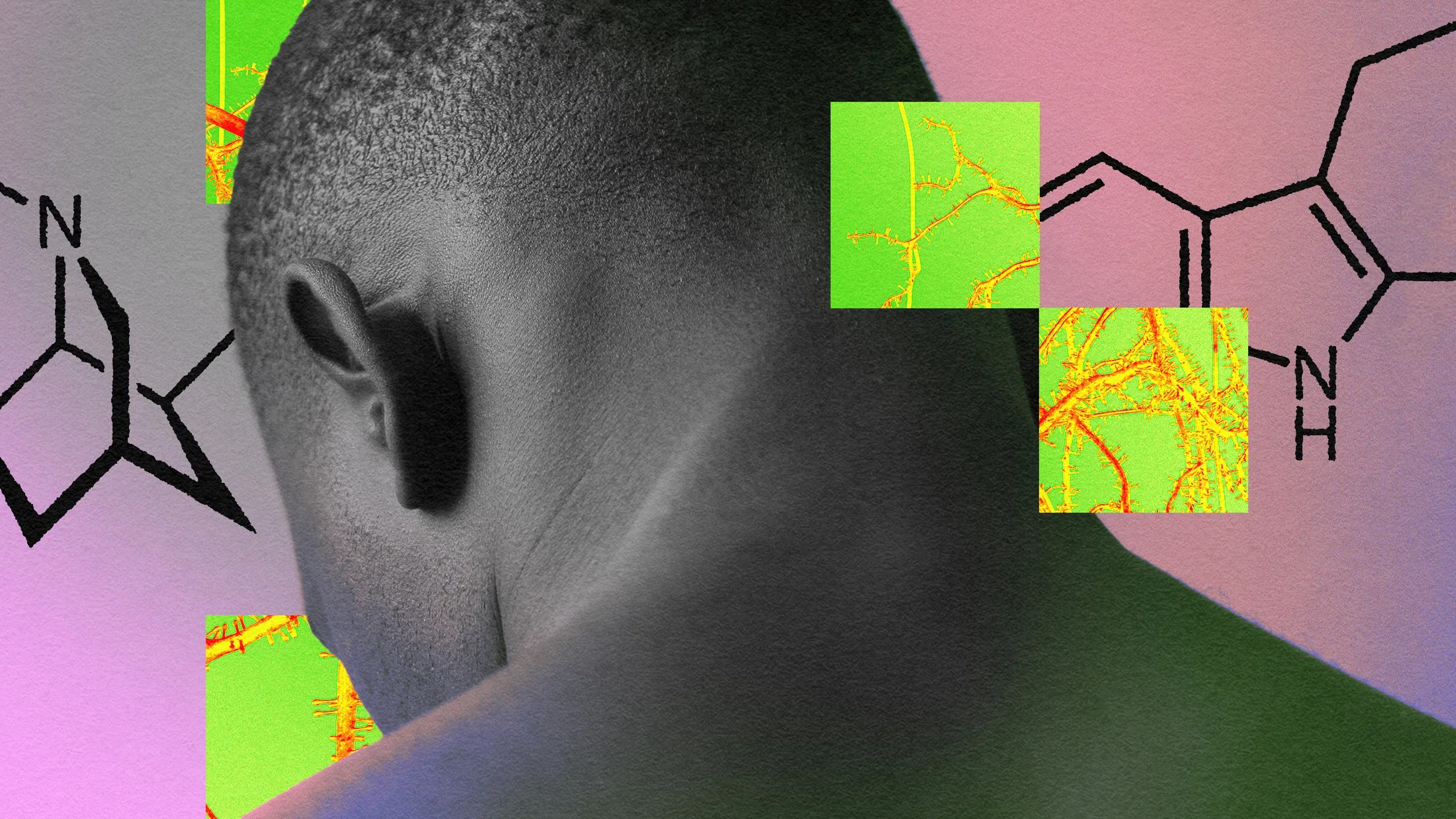One of the world’s open secrets is that we don’t look after all sick people in the same way. Why does back pain in the U.S. get a treatment developed faster than fatal dysentery in Central Africa? It’s not a huge riddle: research and development programs of the pharmaceutical industry treat the diseases and ailments that will turn the highest profit. To solve a problem this large and unjust, Nicole Hassoun, a residential fellow with the Hope & Optimism Project at Cornell University, is employing the virtue she terms ‘creative resolve’. When obstacles get in our way, Hassoun says we need to think innovatively about how can we change the problem or look at it differently. If we can’t appeal to Big Pharma’s better nature, then we have to come up with more creative solutions. And Hassoun has one: fair trade pharmaceuticals. Here, she explains her idea to incentivize cheaper drugs and medical access to combat global health crises. This video was filmed as part of the Los Angeles Hope Festival, a collaboration between Big Think and Hope & Optimism.
Nicole Hassoun: I argue that human rights should give us hope and inspire us to stake our claims and help everyone live a dignified life. I think hope supports this virtue of creative resolve, which is a fundamental commitment to trying to find ways of fulfilling rights. Creative resolve is a personal as well as political virtue so that's the kind of thing that individuals can have in their own personal lives as well as in working together to bring about positive change. When each of us find obstacles to doing things that we really believe in, then I think often we need to think creatively about how can we change the problem or look at the problem differently? People might ask, 'Well, how far do you have to go with this? Aren’t we actually facing resource constraints? Aren’t there times we have to let people die?' And I was listening to this podcast of I think it was in New Orleans where they had a hospital and they had to do triage because the helicopters were coming to save everybody and it was in the flood. So there’s this nurse who had resuscitated somebody and she was pumping this oxygen bag and the doctor says to her, “Look you’re going to have to let that guy go, the helicopters just aren’t coming.” So she holds this guy in her arms while he dies. And I think that’s the point at which we should be before we give up, that creative resolve requires us to go all the way to that edge. There were 2000 people or something in that hospital who were largely unoccupied for the 24 hour or 48 or 64 hours until those helicopters came. And so creative resolve would think, how would we keep somebody pumping that oxygen bag for the next day or two? Maybe we could line people up and take turns. So I think we have to make the hope for human rights and global health and that requires each of us to think creatively about ways of helping people.
My own project is the Global Health Impact project where we attempt to evaluate pharmaceutical consequences for global health around the world and then create incentives for companies and other organizations to actually focus on extending access on essential medicines more broadly, because they can receive credit on this rating system. It’s a kind of human rights indicator that I think could make a large difference. The later parts of the book I argue that pharmaceutical companies are actually violating rights and failing to live up to their obligations when they set prices that make it difficult if not impossible for people to access essential medicines and there’s alternatives to doing that. I think there’s some more fundamental questions about how do we restructure our research and development systems to reward innovation that actually has the right kinds of consequences for global health. So rather than treating these chronic diseases of rich patients where the pharmaceutical companies can make the most money, if we can give them incentives to focus on the largest health problems around the world I think that would be absolutely fantastic. And so the idea of creating something like a fair trade label that pharmaceutical companies might love because they can make more for products that have these labels if people are willing to incentivize them to try to get that label based on having a larger health impact, that could be pretty fantastic. There’s also a large public health side to what I’m doing so, again, if we know where we’re having an impact and where were not at, say, the country level that could be really important for guiding the distribution of medicines or focusing efforts to promote positive change.





